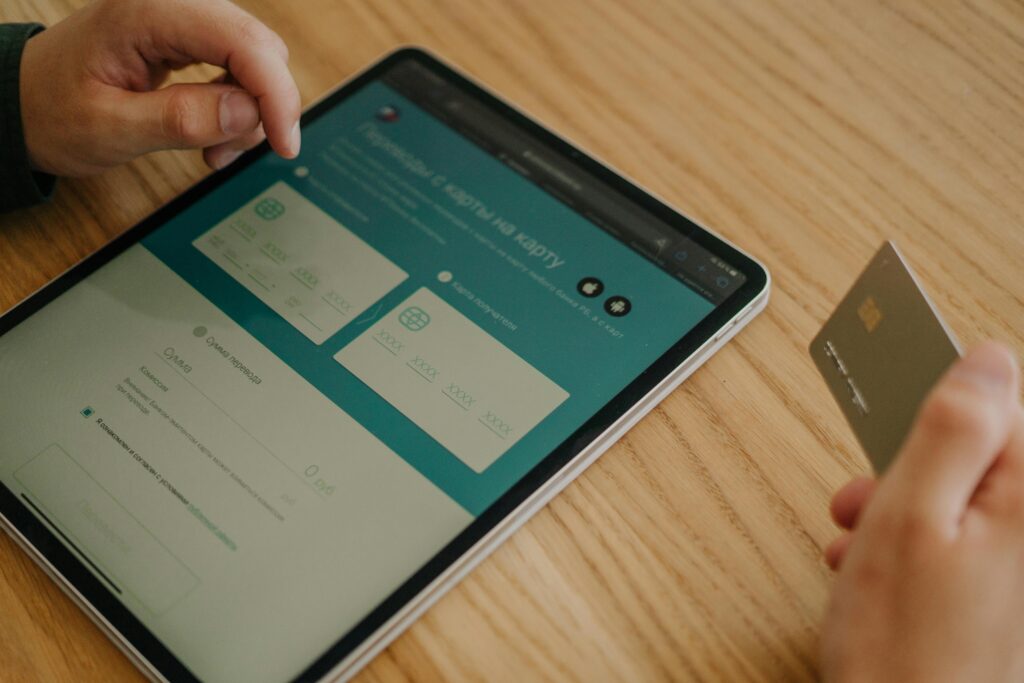The way we manage our finances has evolved drastically over the past decade. Traditional budgeting methods like spreadsheets or pen-and-paper ledgers are being replaced by intuitive, real-time FinTech tools that offer more than just number-crunching. These solutions help users make smarter choices through automation, personalization, and constant visibility. Whether you’re working toward a big goal, saving for a rainy day, or trying to curb unnecessary spending, technology can play a major role in making that happen efficiently.
The following sections explore some of the best FinTech tools to help you budget better and save more — all with less manual effort.
Table of Contents
1. Apps That Track and Organize Your Expenses
Effective budgeting starts with awareness. And for most people, that means knowing where their money goes. FinTech tools like YNAB (You Need a Budget), PocketGuard, and Goodbudget are designed to simplify this process by connecting directly to your bank accounts, categorizing transactions, and offering real-time updates on your spending.
Instead of waiting until the end of the month to realize you’ve overspent, these apps give you a live dashboard showing how much you’ve used in each category — groceries, entertainment, bills, and more. Some go further by offering alerts when you’re close to your set limit or when you’re spending more than usual in a category. These insights make it easier to adjust habits in real time, not after the fact.
2. Automating Emergency Savings
There are many reasons for an emergency fund, but the most important one is peace of mind. Life is full of surprises, and not all of them are good. You or a loved one might need medical treatment, your car could break down, or you could lose your job. These situations throw your finances off track if you’re not prepared. An emergency fund is a financial buffer that gives you security when the unexpected hits.
FinTech apps like Qapital and Chime make building that safety net easier by automating the process. These tools let you set rules — like rounding up every purchase to the nearest dollar and moving the difference to savings. Others let you schedule weekly or monthly transfers so the habit becomes hands-off.
You don’t have to think about saving; it happens in the background, seamlessly. And by keeping these funds in a separate digital account, you’re less likely to dip into them for everyday needs.
3. Round-Up Apps: Save Without Feeling It
The idea behind round-up apps is simple but powerful. Every time you buy something, the app rounds up the amount you paid to the nearest dollar. After that, it deposits the spare change into a savings or investment account. Over time, those small amounts add up without you ever feeling the pinch.
Apps like Acorns have popularized this approach, especially among users who struggle with traditional saving methods. Since the contributions are so small and automatic, there’s no sense of sacrifice. The result is a growing pool of funds that can be used for emergencies, vacations, or even investments.
This method works best when used consistently over time, and it’s a great entry point for people who want to build savings habits without making large, planned contributions.
4. AI-Powered Money Coaches: Personalized Financial Guidance
Some FinTech apps go beyond basic tracking and actively guide users toward better decisions. AI-powered platforms like Cleo or Albert analyze spending patterns, offer tailored suggestions, and even send witty or motivational messages to keep users engaged.
These digital assistants help you understand your habits and nudge you toward better ones. Whether it’s advising you to save a certain percentage based on your income, warning you about upcoming bills, or pointing out unnecessary spending, these tools function like virtual financial coaches in your pocket.
5. Goal-Based Savings Platforms
Setting vague savings goals like “save more” often leads to poor follow-through. That’s where goal-based savings apps shine. Platforms like Monzo and N26 let users set specific targets — like a trip fund or a new gadget — and track progress toward them.
These tools allow you to name each goal, assign a deadline, and automate contributions toward it. Watching your progress in real-time can be highly motivating. Some apps even add fun visuals or progress bars that make the experience more interactive and rewarding.
By dividing your savings into buckets with a clear purpose, it becomes easier to prioritize and stay committed. You can manage multiple goals simultaneously, which adds structure and intent to your savings plan.
6. Subscription Managers: Stop the Drain on Your Budget
One of the easiest ways to waste money without noticing is through forgotten or unused subscriptions. From streaming services to fitness apps, small recurring charges can quietly add up each month. That’s where subscription manager tools like Rocket Money (formerly Truebill) and Trim come in.
These apps connect to your bank account, scan for recurring charges, and display them in a simple dashboard. You’ll see exactly what you’re paying for each month and how often. If you spot a service you no longer use, most platforms offer the option to cancel directly from the app.
Some go a step further and negotiate bills on your behalf — think internet or phone plans — potentially saving you even more. By cutting out the clutter, subscription managers can help you regain control of your spending and redirect those funds toward savings or other goals.
7. Shared Budgeting Tools for Couples and Families
Money is often a source of tension in relationships, especially when partners or family members manage finances jointly. Shared budgeting apps like Honeydue and Zeta are built specifically to address this challenge.
These tools allow couples to link accounts, set shared goals, and track spending together without losing individual privacy. You can see who paid for what, set monthly limits, and communicate about expenses right in the app. Alerts notify you of unusual activity or when you’re close to crossing a shared budget threshold.
By making financial transparency easy, these apps reduce the misunderstandings that can arise from joint expenses. Whether you’re splitting rent, saving for a wedding, or managing a family budget, these platforms can keep everyone on the same page with less effort.
The FinTech space has matured into a diverse ecosystem of tools that help people manage money with greater confidence and clarity. Whether you’re automating savings or tracking joint budgets, there’s a solution that fits your needs and habits.
These platforms remove the guesswork, reduce friction, and turn complex financial tasks into simple, everyday actions. As more people adopt these tools, financial wellness becomes less about effort and more about smart systems working in your favor.
By choosing the right combination of solutions you can build stronger habits, reach your goals faster, and stay ahead of unexpected expenses.


